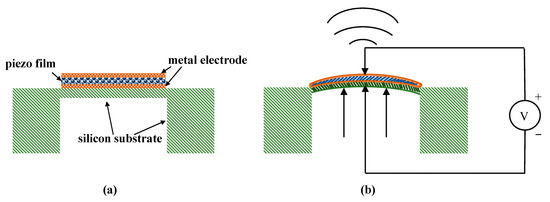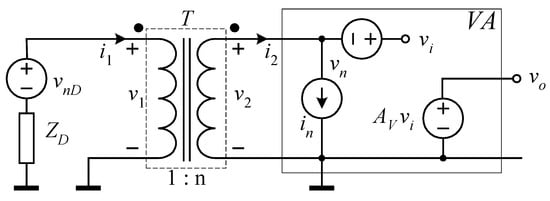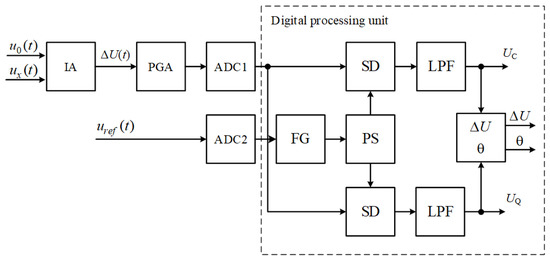Instrumentation, Noise, Reliability (Closed)
A topical collection in Electronics (ISSN 2079-9292).
Viewed by 6526Editor
Interests: design of dedicated; low-noise and high-sensitivity instrumentation; design and characterization of sensors
Special Issues, Collections and Topics in MDPI journals
Topical Collection Information
Dear Colleagues,
The continuous and rapid progress of electronics, with the ever-increasing diffusion of programmable digital platforms and the production of advanced devices based on innovative, flexible materials, has facilitated the design and construction of increasingly smart measuring instruments and systems that are portable, wearable, wireless, low-cost, and useful for different applications in various fields (medicine, biology, environment, sport, food, agriculture, industry). On the other hand, the production of these advanced platforms and devices, which enables access to new tools, requires thorough evaluation of their characterization and reliability. For this purpose, the accessibility of investigation techniques and advanced instrumentation is crucial. Among these techniques, low-frequency noise measurements (LFNM) are of increasing importance, and, moreover, the design of dedicated low-noise instrumentation can also find application in the field of sensors, allowing for the implementation of sensing systems that are much more sensitive than conventional ones.
Therefore, for this topical collection, we are inviting the submission of papers focused on techniques and systems assessing the characteristics and reliability of such materials and devices, as well as those presenting dedicated, improved measurement systems. This collection aims to highlight the design, operation mode, and testing of instruments and systems as aspects that are often overshadowed to emphasize their potential applications.
Topics of interest include, but are not limited to:
- Design and realization of dedicated instrumentation;
- Low-noise instrumentation;
- Noise characterization;
- Highly sensitive instrumentation;
- Design of circuits and systems for reliability characterization of devices and materials;
- Design and realization of measurement systems for sensors application;
- Sensors’ characterization and reliability;
- Medical instrumentation and measurement techniques;
- Portable and wearable measurement systems;
- Automated measurement systems;
- Measurement systems for harsh environments
Dr. Graziella Scandurra
Collection Editor
Manuscript Submission Information
Manuscripts should be submitted online at www.mdpi.com by registering and logging in to this website. Once you are registered, click here to go to the submission form. Manuscripts can be submitted until the deadline. All submissions that pass pre-check are peer-reviewed. Accepted papers will be published continuously in the journal (as soon as accepted) and will be listed together on the collection website. Research articles, review articles as well as short communications are invited. For planned papers, a title and short abstract (about 100 words) can be sent to the Editorial Office for announcement on this website.
Submitted manuscripts should not have been published previously, nor be under consideration for publication elsewhere (except conference proceedings papers). All manuscripts are thoroughly refereed through a single-blind peer-review process. A guide for authors and other relevant information for submission of manuscripts is available on the Instructions for Authors page. Electronics is an international peer-reviewed open access semimonthly journal published by MDPI.
Please visit the Instructions for Authors page before submitting a manuscript. The Article Processing Charge (APC) for publication in this open access journal is 2400 CHF (Swiss Francs). Submitted papers should be well formatted and use good English. Authors may use MDPI's English editing service prior to publication or during author revisions.
Keywords
- instruments
- noise
- portable systems
- reliability
- characterization








